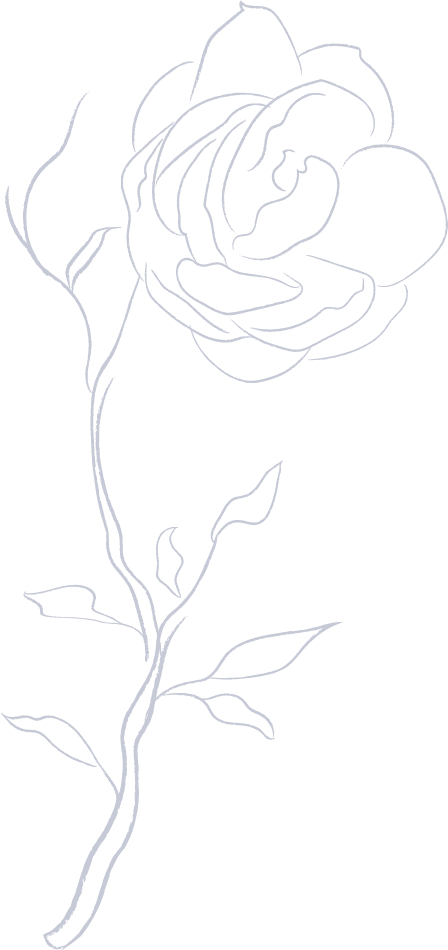Tip #1: Follow Your Surgeon’s Instructions
Your surgeon will provide you with detailed post-operative instructions to follow during your rhinoplasty recovery. These instructions will cover various aspects of your aftercare, including medication management, wound care, and activity restrictions. Adhering to these guidelines is essential for minimizing complications, reducing discomfort, and promoting proper healing.
Tip #2: Keep Your Head Elevated
To minimize swelling and promote proper blood circulation, it’s important to keep your head elevated for the first few days after surgery. You can use extra pillows or a foam wedge to prop yourself up while sleeping or resting. Avoid lying flat or bending over, as these positions can increase blood flow to the face and exacerbate swelling.
Tip #3: Apply Cold Compresses
Using cold compresses around the eyes and cheeks can help reduce swelling and discomfort during the initial stages of your rhinoplasty recovery. Avoid applying ice directly to your nose, as it can cause injury or damage to the delicate nasal tissues. Instead, wrap a cold pack or bag of frozen peas in a soft cloth and gently apply it to the surrounding areas for short intervals.
Tip #4: Manage Pain and Discomfort
Your surgeon may prescribe pain medications to help manage any discomfort following your rhinoplasty. Make sure to take these medications as directed and communicate with your surgeon if the prescribed medication is not providing adequate relief. Over-the-counter pain relievers, such as acetaminophen, can also be used to manage mild pain, but always consult your surgeon before using them during your rhinoplasty recovery.
Tip #5: Avoid Strenuous Activities
During the first few weeks of your rhinoplasty recovery, it’s crucial to avoid strenuous activities and heavy lifting, as these actions can increase blood pressure and cause bleeding or swelling. Your surgeon will provide guidance on when you can resume normal activities and exercise, but it’s generally recommended to wait at least 3-4 weeks before engaging in any high-intensity workouts.
Tip #6: Maintain a Healthy Diet
A nutritious diet is essential for promoting proper healing during your rhinoplasty recovery. Focus on consuming plenty of fruits, vegetables, lean proteins, and whole grains to provide your body with the necessary nutrients for tissue repair and recovery. Additionally, staying well-hydrated by drinking plenty of water can help minimize swelling and support overall healing.
Tip #7: Don’t Smoke or Use Tobacco Products
Smoking and using tobacco products can significantly impair the healing process and increase the risk of complications following rhinoplasty. It’s essential to avoid smoking and using tobacco products for at least 4-6 weeks before and after your surgery. If you need assistance quitting, speak with your surgeon or primary care physician about available resources and support.
Tip #8: Attend All Follow-Up Appointments
Follow-up appointments with your surgeon are an important part of your rhinoplasty recovery. These visits allow your surgeon to monitor your healing progress, address any concerns, and ensure that you are on track for the best possible outcome. Make sure to attend all scheduled appointments and communicate openly with your surgeon about any questions or concerns you may have.
Tip #9: Be Patient with the Healing Process
Rhinoplasty recovery is a gradual process, and it’s important to be patient as your nose heals and the final results begin to emerge. Swelling may persist for several months, and it can take up to a year for your nose to fully settle into its new shape. Maintain realistic expectations and remember that the healing process takes time.
Tip #10: Seek Emotional Support
Recovering from a rhinoplasty can be an emotional experience, as you adjust to your new appearance and navigate the physical challenges of healing. It’s essential to have a strong support system in place to help you through this process. Reach out to friends, family members, or even online support groups to share your experiences and receive encouragement from others who have undergone similar procedures.
A successful rhinoplasty recovery is crucial for achieving the desired results and ensuring a smooth healing process. By following your surgeon’s instructions, practicing proper self-care, and maintaining patience throughout the recovery period, you can greatly enhance your chances of a successful outcome. With the right approach and support, you’ll be well on your way to enjoying the long-lasting benefits of your rhinoplasty procedure.

